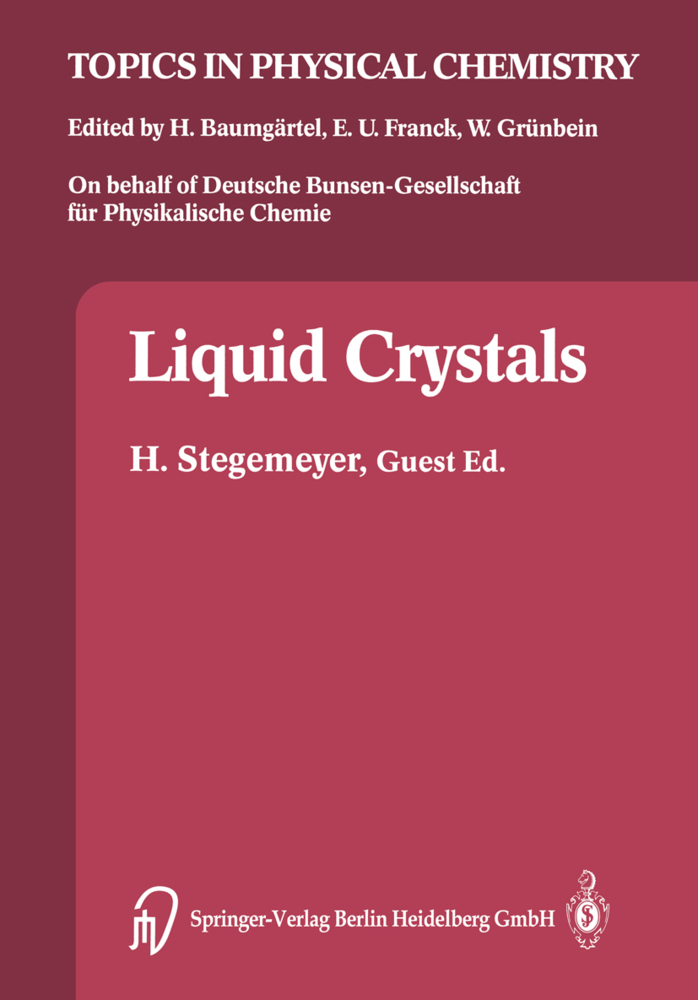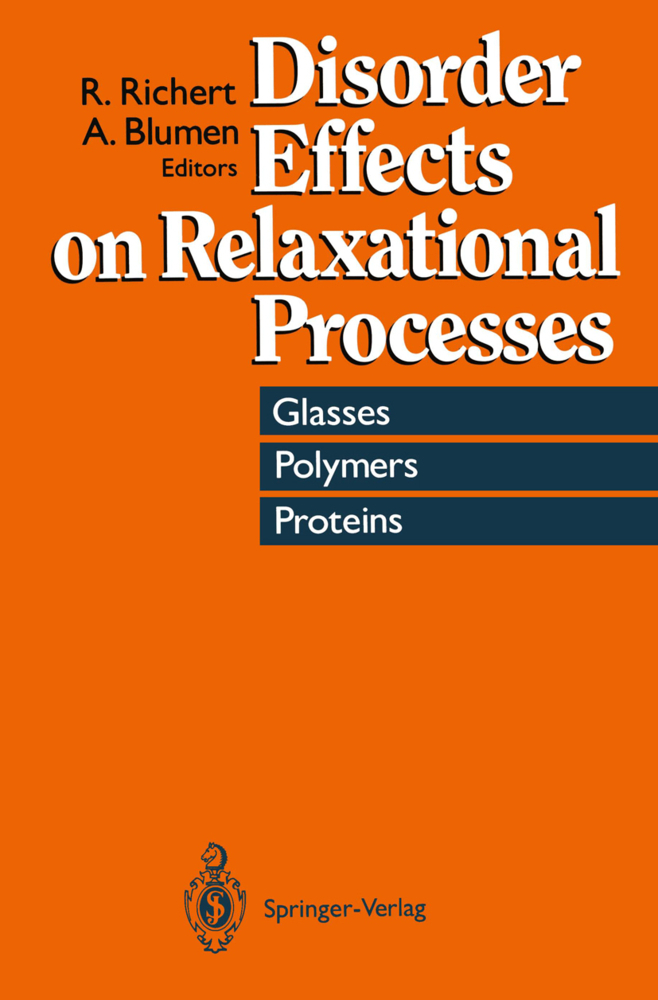Developing and testing novel energetic materials is an expanding branch of the materials sciences. Reaction, detonation or explosion of such materials invariably produce extremely high pressures and temperatures. To study the equations-of-state (EOS) of energetic materials in extreme regimes both shock and static high pressure studies are required. The present volume is an introduction and review of theoretical, experimental and numerical aspects of static compression of such materials. Chapter 1 introduces the basic experimental tool, the diamond anvil pressure cell and the observational techniques used with it such as optical microscopy, infrared spectrometry and x-ray diffraction. Chapter 2 outlines the principles of high-nitrogen energetic materials synthesis. Chapters 3 and 4, examine and compare various EOS formalisms and data fitting for crystalline and non-crystalline materials, respectively. Chapter 5 details the reaction kinetics of detonating energetic materials. Chapter 6 investigates the interplay between static and dynamic (shock) studies. Finally, Chapters 7 and 8 introduce numerical simulations: molecular dynamics of energetic materials under either hydrostatic or uni-axial stress and ab-inito treatments of defects in crystalline materials. This timely volume meets the growing demand for a state-of-the art introduction and review of the most relevant aspects of static compression of energetic materials and will be a valuable reference to researchers and scientists working in academic, industrial and governmental research laboratories.
1;Preface;62;Contents;103;Contributors;114;Diamond Anvil Cell Techniques;134.1;1.1 Introduction;134.2;1.2 Invention;144.3;1.3 Introduction of the Gasket Technique;264.4;1.4 Application to X-Ray Diffraction Techniques;294.5;1.5 The Ruby Fluorescence Pressure Measurement Technique;364.6;1.6 Hydrostatic Pressure-Transmitting Media;404.7;1.7 Some Basic Types of DACs;474.8;1.8 Optical Polarizing Microscopy;554.9;1.9 High P-T Properties of Explosives and Propellants;564.10;1.10 Summary;814.11;Notes;824.12;References;825;Synthesis of High-Nitrogen Energetic Material;875.1;2.1 Introduction;875.2;2.2 Polymeric Nitrogen;895.3;2.3 Transformation from Molecular to Polymeric Nitrogen;985.4;2.4 Conclusions;1065.5;References;1066;Equations of State and High-Pressure Phases of Explosives;1116.1;3.1 Introduction;1116.2;3.2 Equations of State;1136.3;3.3 High-Pressure Phases;1246.4;3.4 Discussion and Conclusions;1326.5;References;1367;Equations of State of Binders and Related Polymers;1397.1;4.1 Introduction;1397.2;4.2 Equations of State;1467.3;4.3 Static Experimental Methods;1647.4;4.4 Dynamic Experimentation;1897.5;4.5 Conclusions;2077.6;References;2078;Reaction Kinetics;2158.1;5.1 Introduction;2158.2;5.2 Kinetic Models;2168.3;5.3 Data;2208.4;5.4 Conclusions;2288.5;References;2299;Understanding Shock-Induced Changes in Molecular Crystals;2319.1;6.1 Introduction;2319.2;6.2 Energetic Materials Under Shock Compression;2339.3;6.3 Effects of Non-hydrostaticity;2399.4;6.4 High-Pressure Polymorphism of Energetic Crystals;2469.5;6.5 Shock Initiation of PETN Crystals;2539.6;6.6 Concluding Remarks;2599.7;References;25910;Equilibrium Molecular Dynamics Simulations;26710.1;7.1 Introduction;26710.2;7.2 A Mesoscale Perspective on Energetic Materials;26810.3;7.3 The Method of Molecular Dynamics;27010.4;7.4 Properties Calculated in Static High-Pressure MD Simulations;27210.5;7.5 Design of the Simulation;27310.6;7.6 Development of Interaction Potentials;27610.7;7.7 Identification of Key MD Simulations to Assess Interaction Potentials;27810.8;7.8 Interaction Potentials Used in MD Simulations of Energetic Materials;28010.9;7.9 Obstacles to Success, Identification of Challenges to Overcome;29110.10;References;29311;Modeling Defect-Induced Phenomena;30311.1;8.1 Current State of the Field and Its Challenges;30311.2;8.2 Modeling of Structure and Properties of Energetic Materials Containing Defects;30911.3;8.3 Modeling Initiation of Chemical Reactions;32311.4;8.4 Summary and Discussion of Perspectives;33111.5;References;33312;Index;339
Peiris, Suhithi M.
Piermarini, Gasper J.
| ISBN | 9783540681519 |
|---|---|
| Artikelnummer | 9783540681519 |
| Medientyp | E-Book - PDF |
| Auflage | 2. Aufl. |
| Copyrightjahr | 2009 |
| Verlag | Springer-Verlag |
| Umfang | 330 Seiten |
| Sprache | Englisch |
| Kopierschutz | Digitales Wasserzeichen |











